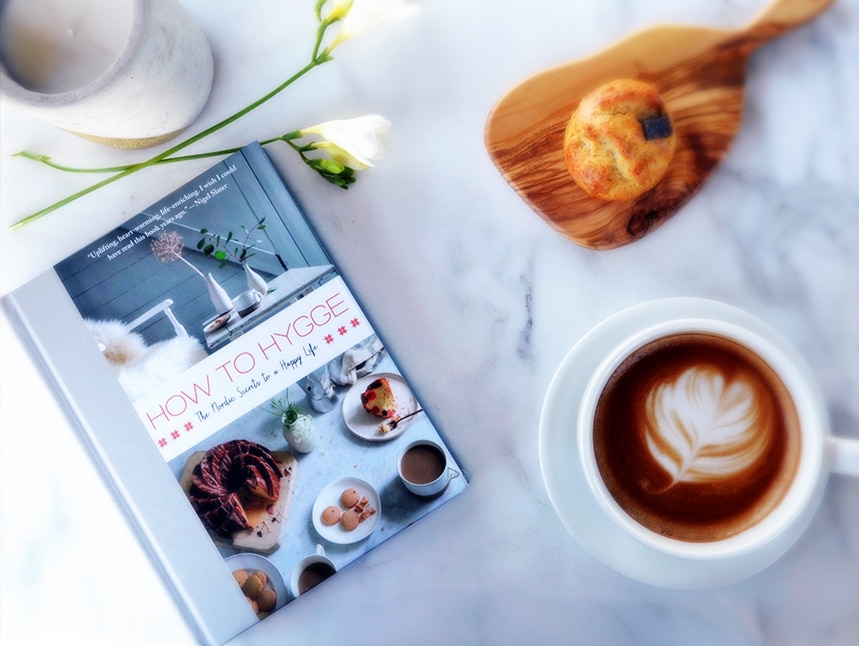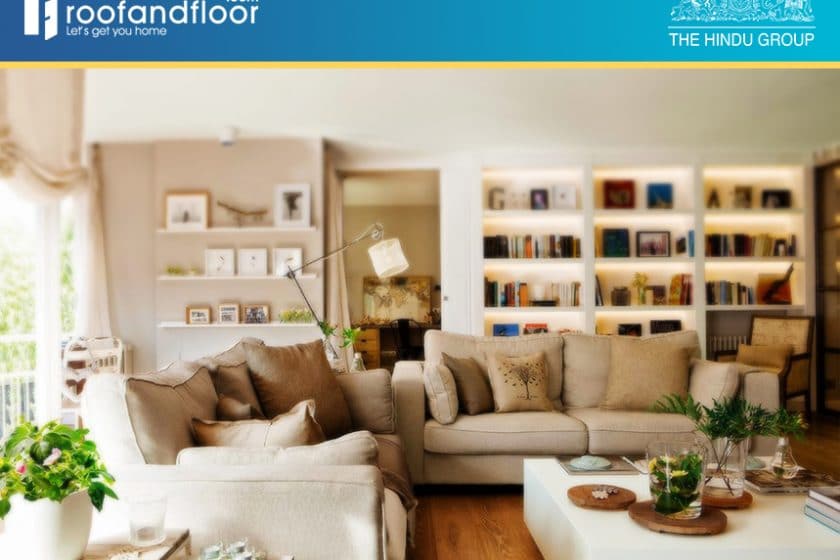All of us pursue dreams, jobs, relationships, and a lot of other activities with just one goal in mind – happiness. We cook, travel, laze in bed, read and even engage in philanthropy because it makes us happy. Happiness is probably the one emotion that unites all of us. And the Danish have a word for the indescribable feeling of warmth that happiness brings – hygge
The history of hygge
The Danes believe that there is a primary path to happiness that is preferred above most others. That is ‘hygge’ (pronounced hoo-guh), a word roughly translated and now commonly understood as ‘coziness’.
Hygge, which is a way of life and an integral part of the culture for the Danish, was a Norwegian word meaning ‘well-being.’ Somewhere in the 18th century, it was introduced in Denmark and has become part of Danish society ever since.
Hygge burst onto the international scene when it was chosen as one of Oxford Dictionary’s shortlisted words for the year 2016. Since then, countless articles and more than a handful of books have been written about the concept.
So what is hygge exactly?
While it is difficult to pin down the definition exactly, it can be defined variously depending on your perspective. Signe Johansen who wrote How to Hygge: The Nordic Secrets to a Happy Life, a cookbook and wellness guide, defines hygge as the joy derived from food and drink that’s crafted excellently.

British journalist Helen Russell, the author of The Year of Living Danishly says that hygge is the pleasure of small things in life like a cup of hot coffee on a cold day.
How can you find hygge?
The Danish find hygge in many ways. An evening with loved ones at home, sharing stories and memories, sitting in a cafe with a book by yourself or just sharing a few blissful moments, even if silent, with your partner or friend.
Essentially, hygge is about togetherness and sharing. While it includes solitude, the emphasis is more on giving priority to the important people in your life.
How hygge has taken the world by storm
Beauty products, restaurants, clothing, drinks, and other consumer oriented product has seen the incursion of Brand Hygge. Scented candles, faux fur throws, soft and snuggly pillows are all making huge appearances in stores, and restaurants are featuring cosy, comfort food straight out of Scandinavian kitchens, and drinks like glogg are popping up on menus across Europe and the US.
So, is hygge the perfect path to a perfect life?
Hygge reinforces cliched images of rooms lit by soft candlelight or crackling fires, people in snug sweaters and loose caps sitting in storybook houses with cups of steaming cocoa while a snowstorm rages outside. On the one hand, this gives off a warm glow, and you feel happy just thinking of such a setting, but on the other hand, it can also appear very insular.
Louisa Thomsen Brits in her Book of Hygge contends that because hygge involves the gathering of small, tight knit groups, Danes can come across as intimidating. Sticking to their inner circles and flaunting the importance of community and family can portray them as being reticent and unfriendly, albeit not explicitly, to outsiders.
Another criticism levelled against hygge is that of prosperity. The Danes have all the big issues sorted out – education, taxation, healthcare, infrastructure – and now they have the propensity and time to fine tune their lives through the little things. Hygge might not be that great a concept when you have to battle through our chaotic cities with interminable commutes.
But these are also reasons for the world to look to Denmark for inspiration. The country has consistently topped or figured in the top 5 countries for world happiness rankings, and that is saying a lot. Is it hygge or is it prosperity? Or both? We will never know for sure. But we can at least fill our days with hygge and be more mindful of life. Our homes are just one way of doing that.


